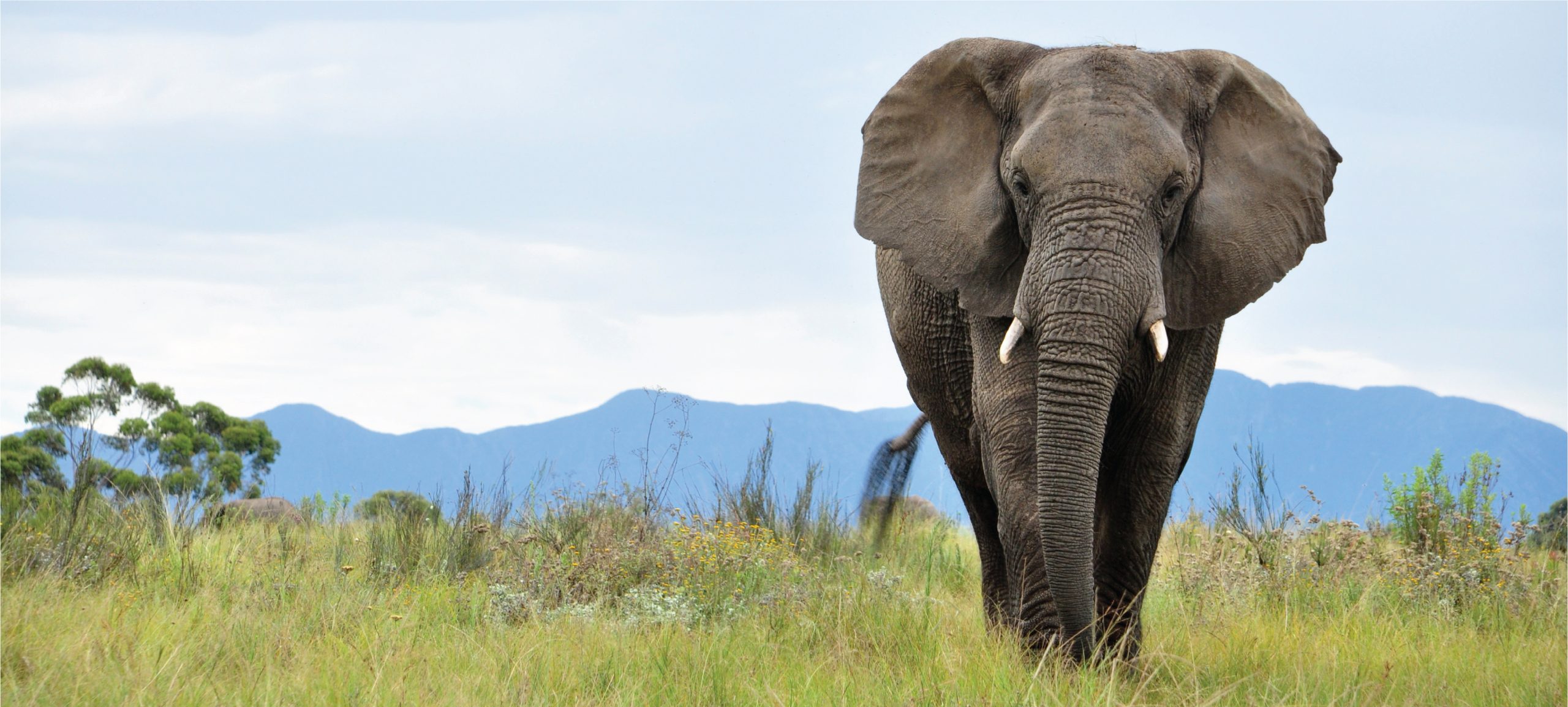Discover the vibrant world of the Red-mantled Saddle-back Tamarin (*Saguinus fuscicollis*), a strikingly beautiful primate native to the tropical rainforests of South America. With its playful nature, social behaviors, and vital role in seed dispersal, this vulnerable species faces challenges from habitat loss and the illegal pet trade, making conservation efforts essential for its survival. Explore the unique characteristics and ecological significance of this charming tamarin species.
Category: Mammals
Mammals are one of the most diverse and widespread classes of animals on Earth. Characterized by their warm-blooded nature, fur or hair, and the ability to nurse their young with milk produced by mammary glands, mammals occupy a vast array of environments across the globe. This category description explores the incredible diversity, adaptations, and ecological significance of mammals, highlighting their unique features and their crucial roles in ecosystems.
Diversity of Mammals
Mammals are an incredibly diverse group, with over 6,400 species ranging from the smallest shrews to the largest whales. This diversity is evident not only in their size but also in their morphology, behavior, and habitat preferences. Mammals can be found in nearly every type of environment on Earth, from the icy polar regions to the scorching deserts, and from the depths of the oceans to the highest mountain ranges.
Types of Mammals
Mammals are generally classified into three main groups based on their reproductive strategies:
Monotremes: These are egg-laying mammals, including species like the platypus and echidnas. They are among the most primitive mammals and are found only in Australia and New Guinea.
Marsupials: Marsupials give birth to underdeveloped young that typically complete their development in a pouch on the mother’s belly. Examples include kangaroos, koalas, and opossums. Most marsupials are found in Australia, though some species are native to the Americas.
Placentals: This group represents the majority of mammal species, where the young develop inside the mother’s womb and are nourished via a placenta. Placentals include a vast array of species, from rodents and bats to elephants and whales.
Adaptations and Evolutionary Success
Mammals have evolved a variety of adaptations that have allowed them to thrive in diverse environments. These adaptations include:
Endothermy (Warm-Bloodedness): Mammals can regulate their internal body temperature, allowing them to inhabit a wide range of climates, from the Arctic tundra to tropical rainforests.
Insulation: Fur or hair provides insulation, helping mammals maintain their body temperature in cold environments. In aquatic mammals like seals and whales, blubber (a thick layer of fat) serves the same purpose.
Sophisticated Nervous System: Mammals possess a highly developed brain and nervous system, enabling complex behaviors, social structures, and problem-solving abilities. This is particularly evident in species like primates, dolphins, and elephants.
Sensory Adaptations: Many mammals have highly developed senses that help them survive in their environments. For instance, bats use echolocation to navigate and hunt in the dark, while elephants have an acute sense of smell that helps them detect water sources over long distances.
Reproductive Strategies: Mammals have developed a range of reproductive strategies, from the large litters of rodents to the single offspring typical of elephants and whales. Parental care is also a hallmark of mammals, with many species investing significant time and resources into raising their young.
Habitat and Distribution
Mammals occupy a vast array of habitats, from terrestrial environments like forests, grasslands, and deserts, to aquatic environments such as rivers, lakes, and oceans. Some mammals, like bats, are even capable of sustained flight, enabling them to exploit aerial niches.
Terrestrial Mammals
Terrestrial mammals include a wide range of species, from small burrowing animals like moles to large predators like lions and bears. These mammals have adapted to various land-based environments, with some species developing specialized locomotion, such as the hopping of kangaroos or the climbing abilities of primates.
Aquatic Mammals
Aquatic mammals, including whales, dolphins, and seals, have evolved adaptations like streamlined bodies, flippers, and the ability to hold their breath for extended periods, allowing them to thrive in marine environments. Some, like beavers and otters, are semi-aquatic, living both on land and in water.
Arboreal Mammals
Arboreal mammals, such as monkeys, sloths, and squirrels, are adapted to life in the trees. These species often have strong, grasping limbs, prehensile tails, and excellent balance, which help them navigate the forest canopy.
Fossorial Mammals
Fossorial mammals, including species like moles and groundhogs, are adapted to digging and life underground. They have strong, shovel-like limbs and reduced eyesight, relying on other senses to navigate their dark environments.
Ecological Roles and Importance
Mammals play crucial roles in ecosystems around the world. As predators, prey, herbivores, and omnivores, they help maintain the balance of ecosystems and contribute to biodiversity.
Predators
Mammalian predators, such as lions, wolves, and orcas, are often at the top of their food chains. They regulate the populations of their prey, preventing overgrazing and promoting healthy ecosystems.
Herbivores
Herbivorous mammals, including deer, elephants, and rabbits, play a vital role in shaping vegetation communities. They disperse seeds, facilitate plant growth, and provide food for predators.
Pollinators and Seed Dispersers
Some mammals, like bats and certain rodents, are important pollinators and seed dispersers. By feeding on nectar or fruits, they help plants reproduce and spread across the landscape.
Ecosystem Engineers
Certain mammals, such as beavers and elephants, are considered ecosystem engineers because they significantly alter their environments. Beavers create wetlands by building dams, while elephants can transform landscapes by uprooting trees and creating water holes.
Conservation and Threats
Many mammal species are currently facing threats from habitat loss, climate change, hunting, and human-wildlife conflict. Conservation efforts are critical to protect these species and the ecosystems they inhabit.
Endangered Mammals
Numerous mammal species are listed as endangered, including iconic animals like tigers, rhinos, and orangutans. Conservation programs focus on habitat protection, anti-poaching measures, and breeding programs to prevent extinction.
Human-Wildlife Conflict
As human populations expand, conflicts between humans and mammals, such as predators attacking livestock or elephants raiding crops, have become more common. Addressing these conflicts is essential for the coexistence of humans and wildlife.
Climate Change Impact
Climate change is affecting mammal habitats, particularly for species in polar regions or those dependent on specific environmental conditions. Conservation strategies must consider the impacts of a changing climate on mammal populations.
Conclusion
Mammals are a diverse and fascinating group of animals that play vital roles in ecosystems across the globe. Their adaptability, complex behaviors, and ecological importance make them a key focus of conservation efforts. At UpCube Wildlife, we are committed to protecting these incredible creatures and their habitats, ensuring that future generations can continue to marvel at the wonders of the mammalian world. Whether you’re interested in learning more about specific species, exploring conservation initiatives, or discovering how you can help protect mammals, our website offers a wealth of information and resources. Explore the world of mammals with us and join the effort to conserve these remarkable animals for the future by visiting UpCube Wildlife.
Andean Saddle-back Tamarin
Discover the Andean Saddle-back Tamarin, a captivating small primate native to the montane and cloud forests of the Andean region. With their striking golden-brown saddle-like pattern and social behavior, these vulnerable creatures play a crucial role in their ecosystem as seed dispersers and insect controllers. Learn about their habitat, diet, and the conservation efforts needed to protect this enchanting species from the threats of deforestation and habitat loss.
Spix’s Saddle-back Tamarin
Discover the intriguing world of the Spix's Saddle-back Tamarin, a small yet vibrant primate native to Brazil's lush Amazon rainforest. With its striking dark fur, unique "saddle" markings, and essential role as a seed disperser, this endangered species showcases remarkable social behaviors and ecological significance. Explore their habitat, diet, and conservation challenges as we delve into the life of these fascinating animals.
Lesson’s Saddle-back Tamarin
Discover the fascinating Lesson's Saddle-back Tamarin, a vibrant primate that thrives in the tropical forests of the Amazon basin. Known for their remarkable agility and social behavior, these small creatures play a vital role in their ecosystem by aiding in seed dispersal. Learn about their distinctive appearance, dietary habits, and the conservation challenges they face in this engaging blog post.
Geoffroy’s Tamarin
Discover the fascinating life of Geoffroy's Tamarin, a small yet vibrant primate native to the rainforests of Central and South America. With their distinctive black and white coat, social behavior, and critical role in seed dispersal, these agile monkeys are not only a delight to observe but also vital to their ecosystem. Learn about their habitat, diet, reproduction, and the conservation challenges they face in this engaging exploration.
Illiger’s Saddle-back Tamarin
Discover the fascinating world of the Illiger's Saddle-back Tamarin, a small primate found in the lush rainforests of the Amazon basin. Known for their striking white saddle-like fur and vibrant social structures, these agile creatures play a crucial role in their ecosystem through seed dispersal and cooperative foraging. Despite their enchanting behaviors and intelligence, they face threats due to habitat loss, making conservation efforts essential for their survival.
Black-chinned Emperor Tamarin
Discover the fascinating world of the Black-chinned Emperor Tamarin, a small primate native to the tropical rainforests of the Amazon Basin. With its distinctive black chin and playful social behavior, this vulnerable species plays a crucial role in seed dispersal and maintaining the health of its ecosystem. Learn about its unique adaptations, diet, and the conservation challenges it faces in today's rapidly changing environment.
Rondon’s Marmoset
Discover the fascinating Rondon's Marmoset (<i>Callithrix rondoniae</i>), a small primate native to the tropical rainforests of Brazil. Known for their distinct grayish-brown fur, social behavior, and vital role in seed dispersal, these agile creatures face significant threats from habitat loss. Learn about their unique adaptations, reproductive strategies, and the critical conservation efforts needed to protect this vulnerable species.
Sateré Marmoset
Discover the fascinating world of the Sateré Marmoset, a small but vibrant primate native to the Amazon Basin. With its distinctive black and white facial markings and lively social behavior, this species plays a crucial role in its ecosystem through seed dispersal. However, threatened by habitat loss, understanding and protecting the Sateré Marmoset is essential for preserving the rich biodiversity of its rainforest home.
Schneider’s Marmoset
Discover the fascinating world of Schneider's Marmoset (<i>Callithrix schneideri</i>), a small yet highly social primate native to Brazil's tropical rainforests. With its distinctive tufted crown and vibrant social interactions, this vulnerable species plays a vital role in its ecosystem as a seed disperser while facing threats from habitat loss and illegal wildlife trade. Join us as we explore their unique behaviors, striking physical traits, and the urgent need for conservation efforts.








